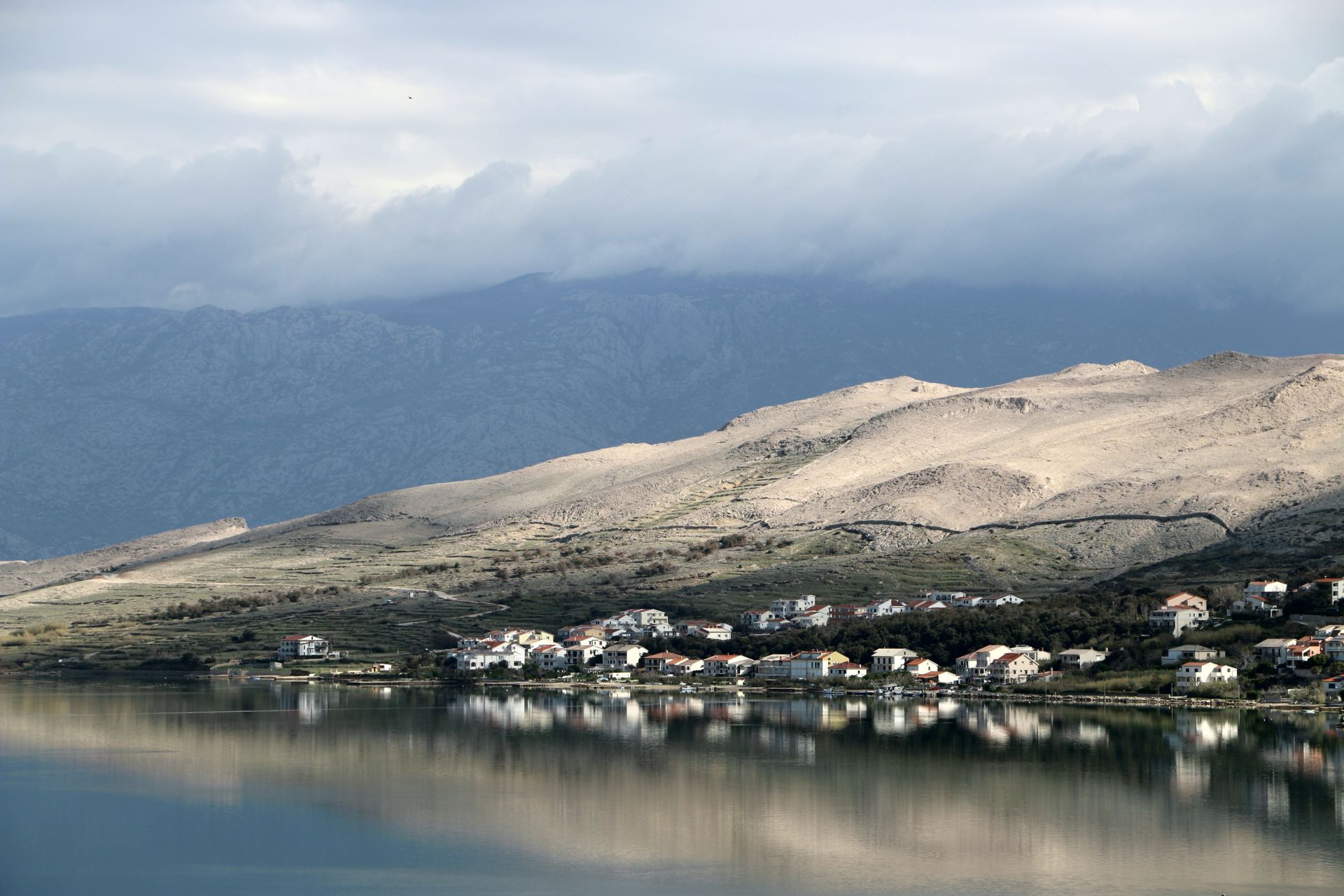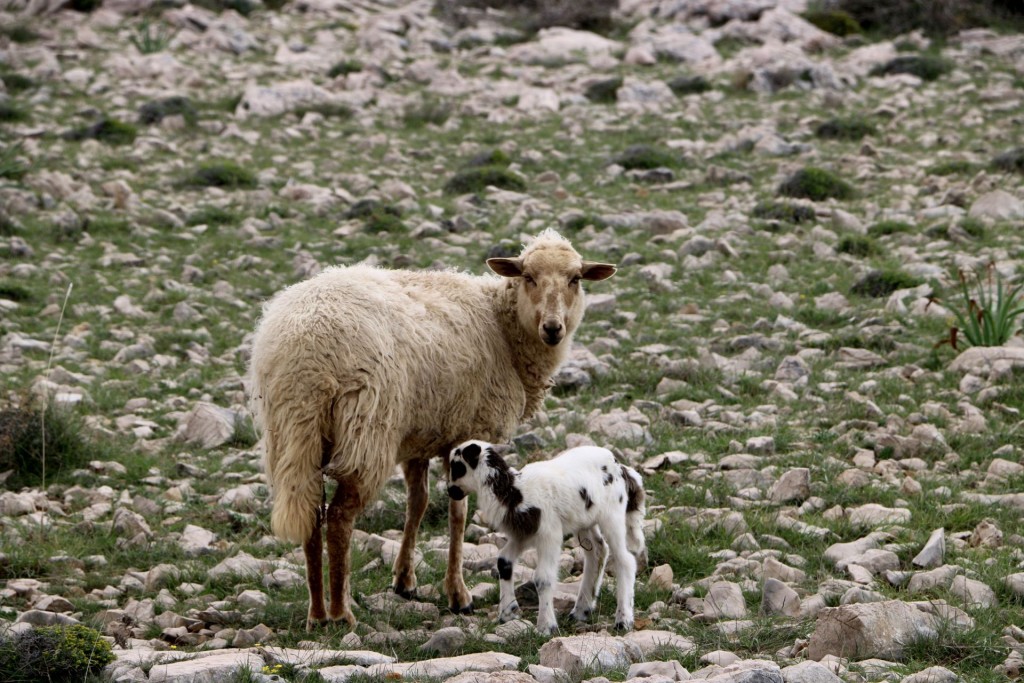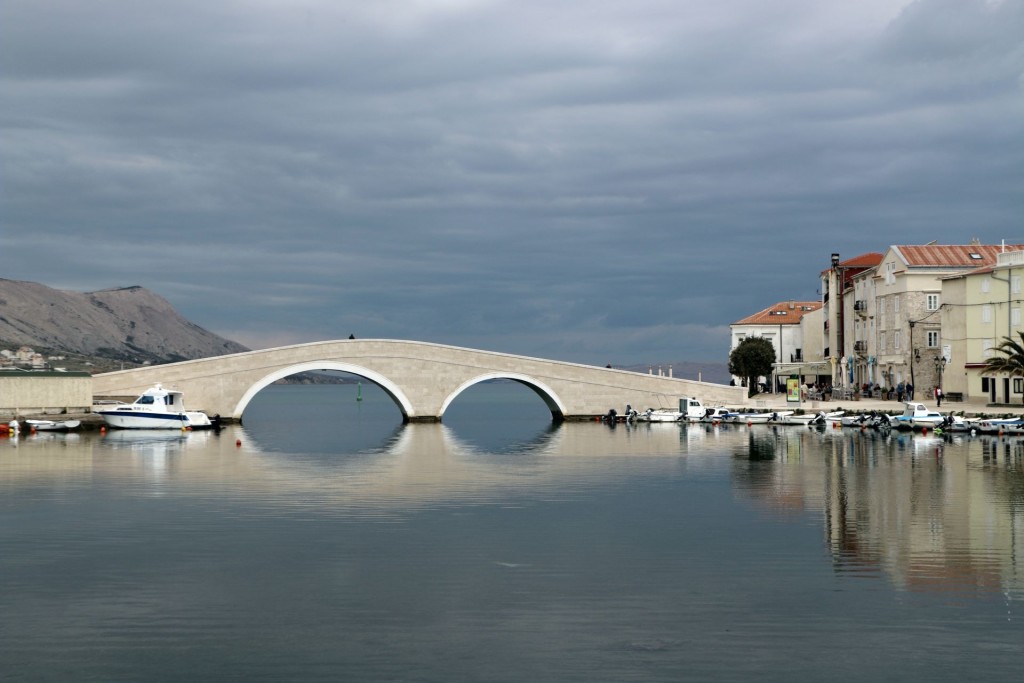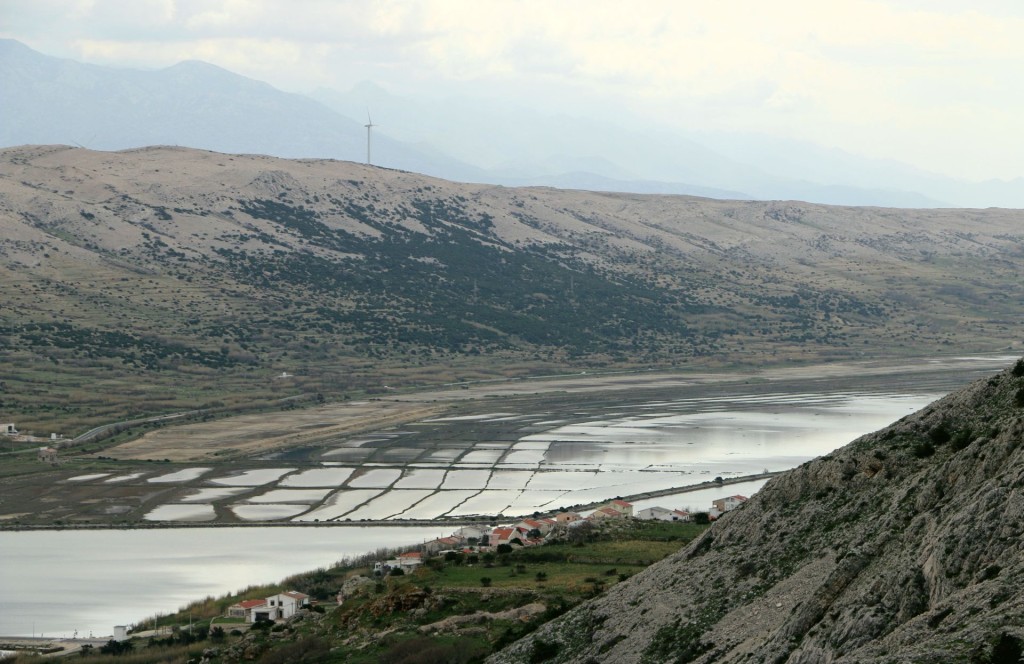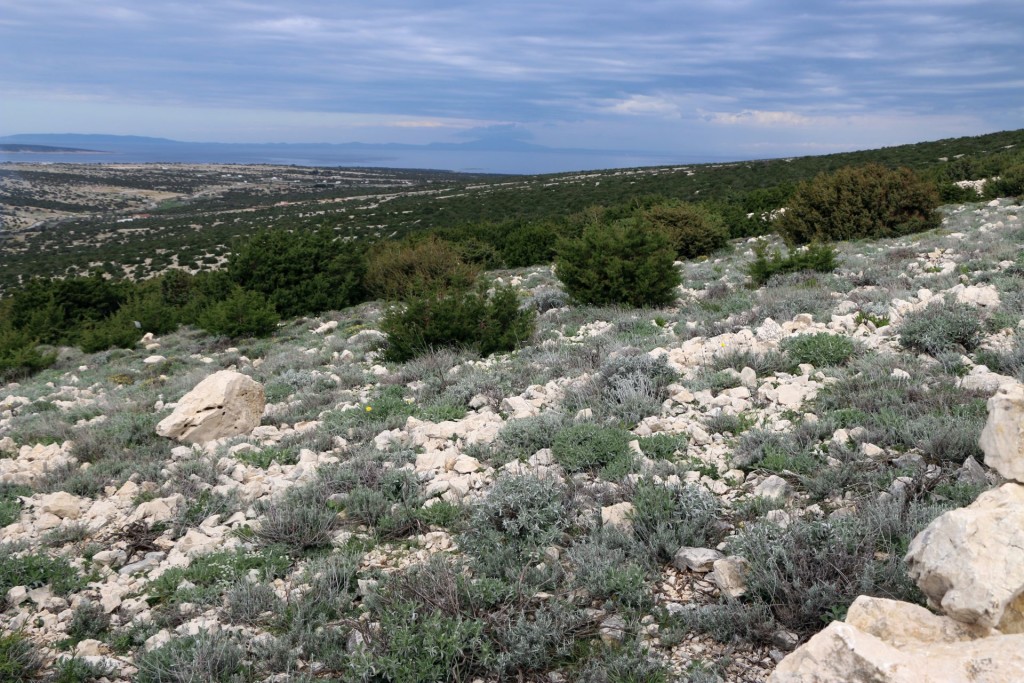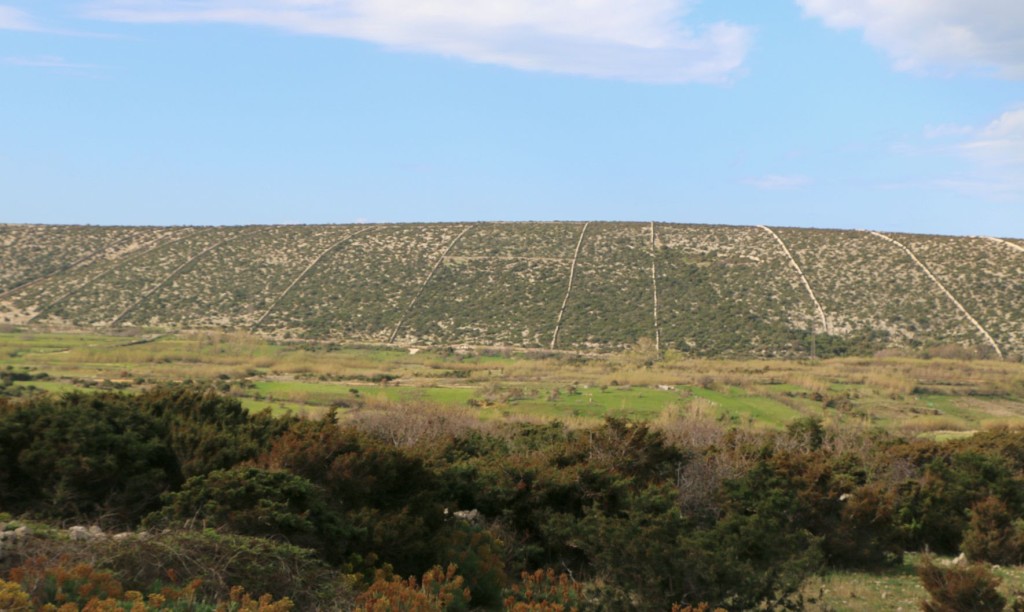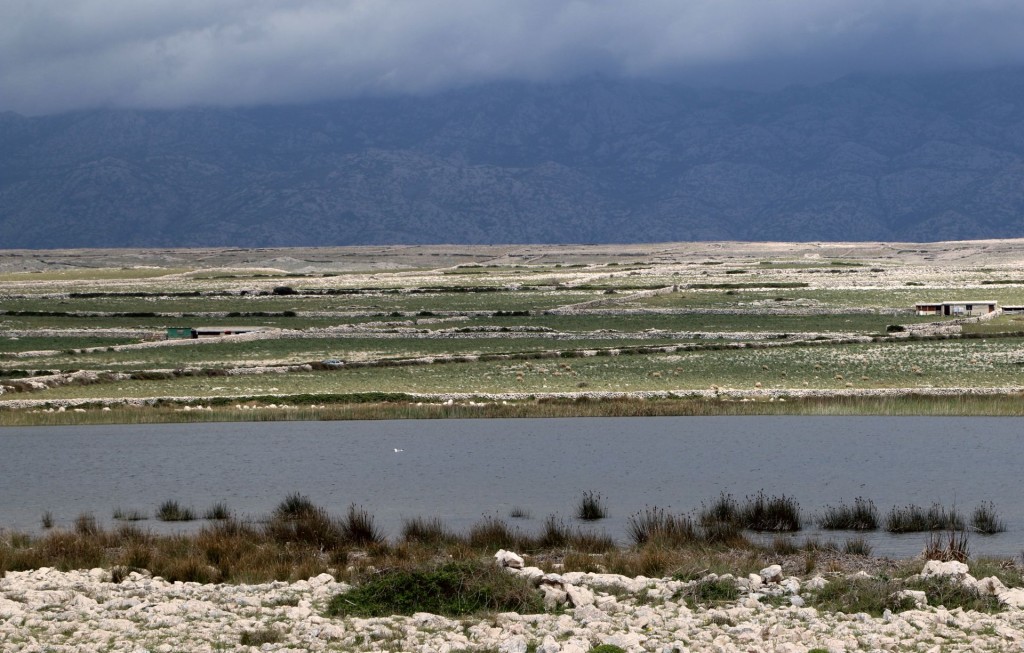
April is always the month when we prepare our camper for new adventures. Exploring the countries of ex-Yugoslavia and other Balkan states, we try to discover hidden secrets, but we also like to return to places, where we have found peace and harmony in the past.
Last week we took advantage of the warm weather and we made a round trip through Croatia and Bosnia & Herzegovina. Especially along the Dalmatian Coast there are many places that are much more attractive when they are not overcrowded. And as we like traveling through unspoiled nature, we decided to visit the island of Pag. With 9,000 inhabitants only, Pag is the fifth-largest island of the Croatian coast, and the one with the longest coastline.
Except for the town of Novalja to the north of the island that is becoming famous as a party destination, Pag is not so popular among foreign tourists, as it has very little vegetation due to the strong Bura wind: one reason more for us to visit it.
We entered the island by the 300 m long bridge that connects the southern part of the island to the mainland. The rocky barren soil and the threatening thunderstorm clouds created a spooky and weird atmosphere.
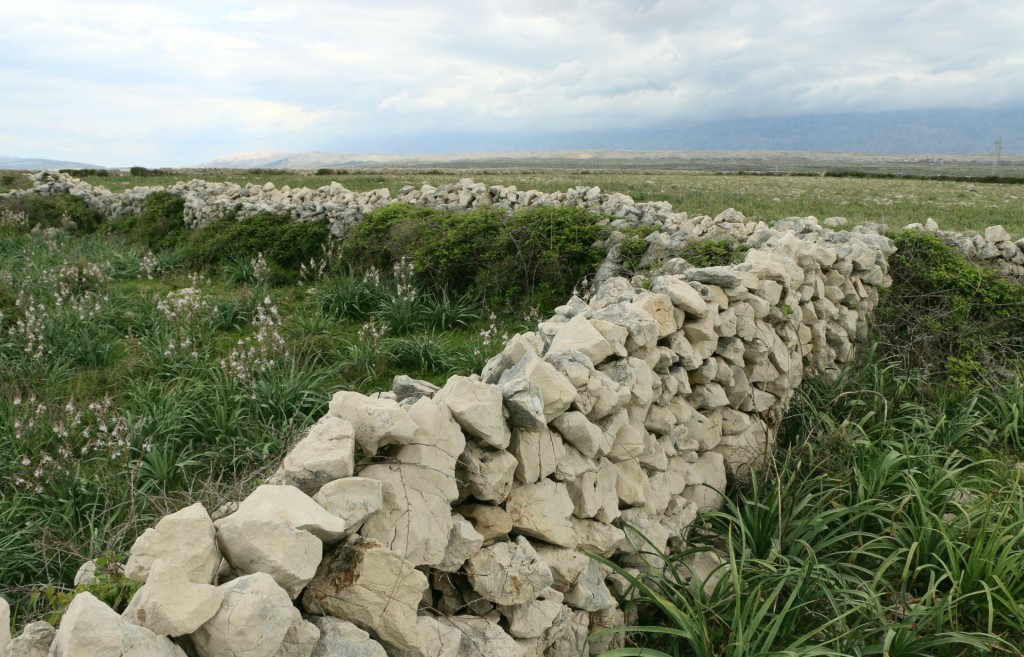
Visiting the ornithological reserve of Malo Blato, a karst lake in the middle of a stone desert, we saw white herons, seagulls and other water birds, obviously the only inhabitants of this abandoned landscape. Fields of asphodels, large plants with white flowers – in Greek mythology connected with the dead and the underworld – were separated by dry stone walls.
It is interesting to know that the length of preserved dry stone walls on Pag is about 1000 kilometers! They were built by Pag farmers and shepherds, not for agricultural purposes, but to divide their territory and protect their sheep from the cold Bura wind that blows relentlessly over Pag during the winter. It was not easy to build them: the stones are sometimes 50 to 60 kg heavy and it is a difficult job to fit them together so effectively that they can stand for centuries without falling.
As Pag is most famous for its production of Paški sir, a distinctive cheese made from the milk of the island’s autochthonous breed of sheep, we were not surprised to see large flocks of sheep on the rocky fields.
There was hardly any traffic on the road and soon we passed along huge salt pans. Salt production in natural shallow coves within the closed bay called “Valle di Pago” has been practiced here for more than a thousand years and maybe even longer. Around two thirds of the Croatian salt are manufactured in these saltworks.
The origin of Pag Town is thus connected to salt manufacturing. This nice historical town is characterized by a beautiful stone bridge called Katina that was built in 2010 instead of an old bridge from the 15th century. A good place for a rest and a cup of coffee, and also for a visit of the 15th-century Church of the Assumption, the Rector’s Palace on the main square and several other historical buildings.
We continued our trip farther north through the rocky fields that were covered, here and there, by Mediterranean shrub and medicinal herbs with a strong and sweetish smell.
The vertical lines created by stone walls on the elongated rocky hills along the sea created a geometric pattern. A strange landscape indeed!
As we were not interested in the party town of Novalja, we took the same lonely road back to the mainland, deeply impressed by the rough and barren landscape of Pag.
